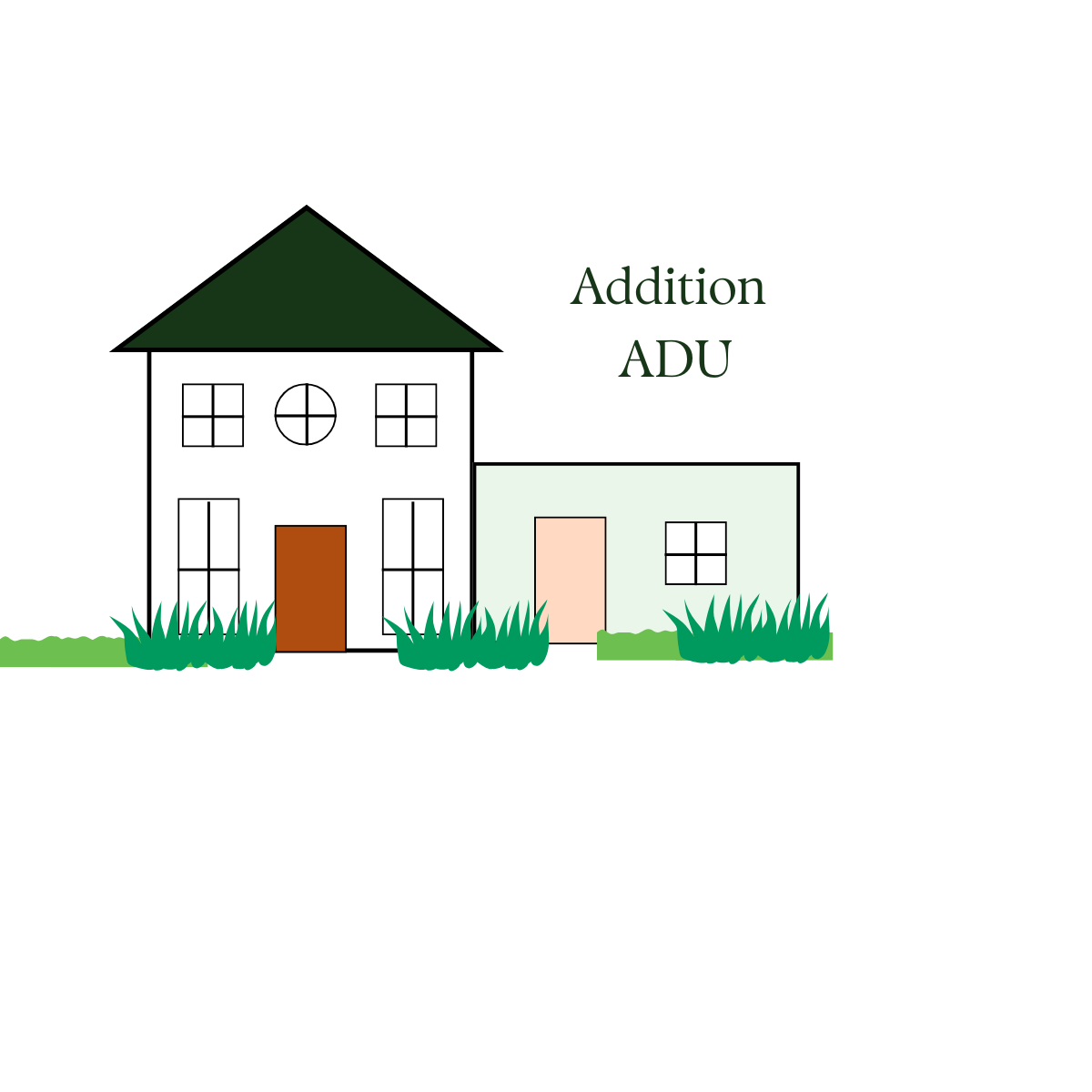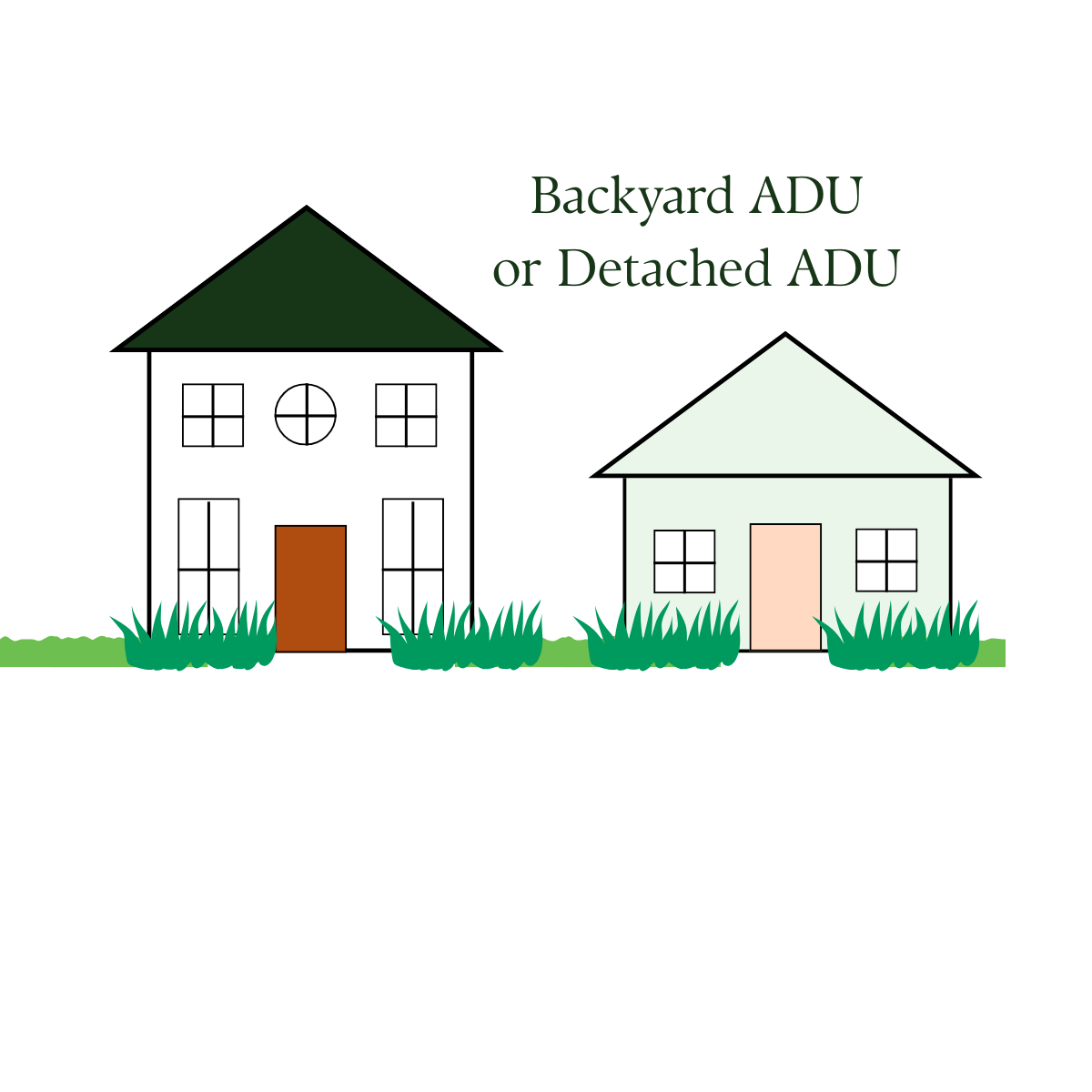Understanding ADUs: Definitions and Types
A small cottage tucked among the flowers, a modern studio above a garage, an airy basement suite with its own private entrance—these are just a few examples of what’s commonly known as an "ADU." Across the country, more residents and property owners are turning to these additional living spaces to make better use of their land, provide homes for family members, or increase potential rental income. But what exactly is an ADU, and how do they differ depending on where you live or what you need?
What Is an ADU?
The acronym ADU stands for "Accessory Dwelling Unit." At its simplest, an ADU is a secondary housing unit built on the same lot as a primary residence. These units are fully self-contained, featuring their own kitchen, bathroom, living area, and sleeping space. ADUs have gone by many names though: granny flats, in-law units, backyard cottages, guest houses, or secondary suites. So the term ADU”“ is new but the concept is not.
Most cities and counties define an ADU as an independent residential dwelling unit located on the same parcel as a single-family home. While rules vary, the key factors are that ADUs provide complete and independent living facilities, are smaller than the main house, and don’t require separate ownership of the underlying land.
How Municipalities Define ADUs
Definitions aren’t entirely uniform. However, municipalities often agree on a few key aspects when crafting their zoning laws and building codes:
Self-sufficiency: An ADU must be able to serve as a permanent residence, with its own kitchen and bathroom.
Size limits: ADUs are typically smaller than the main dwelling. Many places restrict the maximum size (such as 800 or 1,200 square feet), while others set a percentage of the main house’s size.
Location on lot: Jurisdictions specify where an ADU can be placed (attached, over a garage, in a rear yard, etc.).
Ownership: ADUs are usually tied to the primary home's ownership and may not be sold separately from the main residence (excluding California).
Common ADU Types
If you are considering taking on an ADU project you have a range of choices when it comes to style and the location of your ADU. The flexibility of ADUs is one of their strongest advantages.
Basement ADUs
Basements often sit unused, especially in older homes. Converting a basement to an ADU can turn your space into a comfortable apartment with its own entrance. Since the foundation and much of the structure already exists, basement conversions are one of the most cost-effective routes.
Attic ADUs
Similar to basements, attics can be underutilized or overstuffed with Christmas decorations. Instead, consider converting the space and maximize the sqft in your home. Some common roadblocks with Attic Conversions may include structural reinforcement and fire safety upgrades, but the existing walls and structure in place, this is a great option for an ADU where a family member may be moving in. Offering enough privacy with its own entrance, but remaining part of the main structure.
Attached or Addition ADUs (sometimes called Junior ADUs or JADUs)
Adding rooms onto the existing structure, or partitioning off part of the current floorplan, is considered an attached ADU. A similar style is a Junior ADU (JADU), often under 500 square feet, and repurposes part of the main house (like converting a bedroom and half bathroom, and adding a kitchenette). Attached ADUs will have a common wall with the main home but still maintain a separate entrance.
Garage Conversion ADUs
Garages can be transformed into cozy living quarters, especially in neighborhoods where car storage is less critical. Both attached and detached garages can qualify. Property owners can create a single-level studio, a one-bedroom, or even add a second story to accommodate more space.
Detached Standalone ADUs
The backyard cottage is perhaps the most iconic ADU style. Independent of the main house, detached ADUs are often located behind or beside the primary residence. These mini-homes offer the most privacy for both main and secondary occupants. Limitations on size and setbacks vary.
Why Build an ADU?
ADUs offer more than just extra space—they’re packed with practical and personal benefits for homeowners and their communities.
Expanded Family Living
Families change over time. An ADU is a way to keep loved ones close by, while still providing privacy. A young adult returning from college, an aging parent who needs support but still wants independence, or even a caregiver for a disabled relative—all gain privacy and comfort as a benefit for having an ADU.
Flexible Income Potential
With cost of living climbing in most areas, adding an ADU can create a steady stream of revenue. Homeowners often choose to rent out their ADUs to long-term tenants, short-term renters, or even visiting family and friends. This extra income can help offset mortgage costs, fund retirement, or simply provide a financial cushion.
Increased Property Value
Real estate trends point toward increased demand for flexible, multi-use housing due to advancements in development. A property with an ADU typically commands a higher resale price, particularly in markets where home inventory is tight. Buyers appreciate the built-in versatility an ADU brings. However, this is mostly true when adding a single ADU to a property. When considering more than one unit, check with your local Real Estate professionals to see if this negatively impacts your property value. When you have more than one ADU on a property, this can make it difficult for a future buyer to finance the property for purchase.
Sustainability and Lower Environmental Impact
Reusing existing structures (like basements, garages, or attics) for secondary living minimizes new construction materials and the carbon footprint of building. ADUs also support walkable, transit-oriented neighborhoods by making better use of land that would otherwise stay under-utilized.
A Solution for Aging in Place
Older adults benefit from proximity to family or caregivers, and owners can age in place by moving into the ADU and renting the main house for income. This reduces the need for assisted living or long-distance separation from loved ones during critical years.
Design Flexibility
ADUs aren’t just limited to tiny one-room cottages. Architects and builders have gotten creative, delivering everything from ultra-modern detached ADUs to charming, traditional guest houses. Some key options include:
Spacious studios with an open plan
One- or two-bedroom layouts
Loft spaces for sleeping
Full kitchens or mini kitchenettes
Universal design for accessibility (no-step entry, wider doors, walk-in showers)
Who’s Eligible to Build an ADU?
Most single-family zoned lots qualify, but exact rules depend on local government. Recent shifts in state and local policies, particularly in places like California and Oregon, have made it much easier for homeowners to obtain permits. Requirements usually cover parking, setbacks from property lines, and total size limits.
Common regulations cover:
Maximum size (e.g., up to 1,200 square feet)
Minimum lot size (sometimes waived in recent reforms)
Height limitations
Parking space requirements (many places are relaxing these)
Owner-occupancy (rules are shifting here, too)
Compliance with building, safety, and energy codes
Choosing the Right ADU for Your Property
Landscape, budget, family needs, and local laws all shape what’s possible.
If privacy and independence are top priorities, a detached backyard ADU stands out.
When intergenerational living is the goal, basement or attached ADUs give family members a sense of togetherness along with practical separation.
Where affordability is a barrier, garage conversions or smaller JADUs use existing space to minimize construction expenses and complexity.
Working with architects or design-build professionals who understand local codes and have experience with space-efficient design can help turn a vision into reality, while reducing bureaucratic headaches.
How ADUs Change Neighborhoods
As more cities recognize the value of these structures for diverse living, more neighborhoods are seeing creative new small homes in backyards, side yards, or renovated attics. These changes can bring fresh energy, new residents, and increased community connection. Thoughtful design and adherence to neighborhood scale and style keep the addition of ADUs harmonious, reducing the risk of friction as neighborhoods slowly evolve.
Laws about ADUs continue to shift. Some regions have embraced them enthusiastically, while others are more cautious. The movement, however, toward allowing homeowners to reimagine underutilized space is gaining traction.
There’s no single right answer when it comes to designing or selecting an ADU. Whether it’s to build wealth, offer shelter to someone you care about, or simply rethink what’s possible on your property, these flexible living units have opened up whole new possibilities within the boundary lines of a single home.
Frequently Asked Questions About ADUs
1. What is an ADU? An ADU, or Accessory Dwelling Unit, is a secondary residential unit located on the same lot as a primary home. It can be attached, detached, or converted from existing space like a garage or basement.
2. How do most cities and counties define an ADU? Most jurisdictions define an ADU as a self-contained living space with its own kitchen, bathroom, and entrance, designed to be independent from the main residence but located on the same property.
3. What types of ADUs are there? Common ADU types include basement ADUs, attic ADUs, attached or addition ADUs (sometimes called Junior ADUs or JADUs), garage conversion ADUs (both attached and detached), and stand-alone detached ADUs in the backyard.
4. What is the difference between an attached ADU and a detached ADU? An attached ADU shares at least one wall with the main house, while a detached ADU is a separate structure, typically located in the backyard.
5. Can I convert my garage into an ADU? Yes, many cities allow garage conversions into ADUs, provided the unit meets local building codes and zoning requirements.
6. What are the benefits of building an ADU? ADUs offer potential rental income, provide additional living space for family members, increase property value, and support flexible multigenerational living arrangements.
7. Do I need a permit to build an ADU? Yes, most cities and counties require permits for constructing or converting an ADU. Requirements vary, so it’s important to check with your local planning department.
8. How large can an ADU be? Size limits for ADUs vary by location, but they typically range from 400 to 1,200 square feet, depending on local regulations and lot size.
9. Can I rent out my ADU? In many areas, ADUs can be rented out for long-term or, in some cases, short-term stays. However, local laws may restrict short-term rentals, so always verify with your municipality.
10. How does an ADU affect my property taxes? Adding an ADU may increase your property’s assessed value, potentially raising your property taxes. The impact depends on local assessment practices and the size and type of the ADU.






